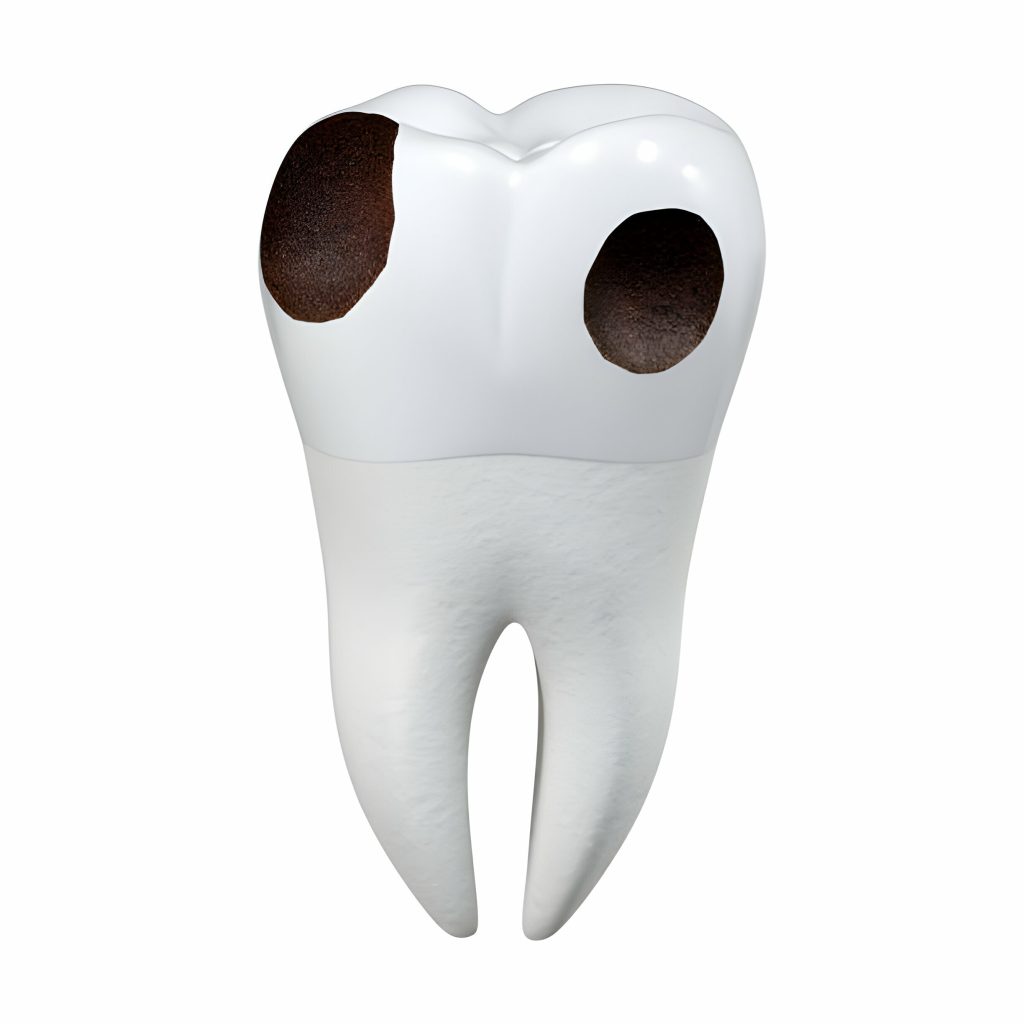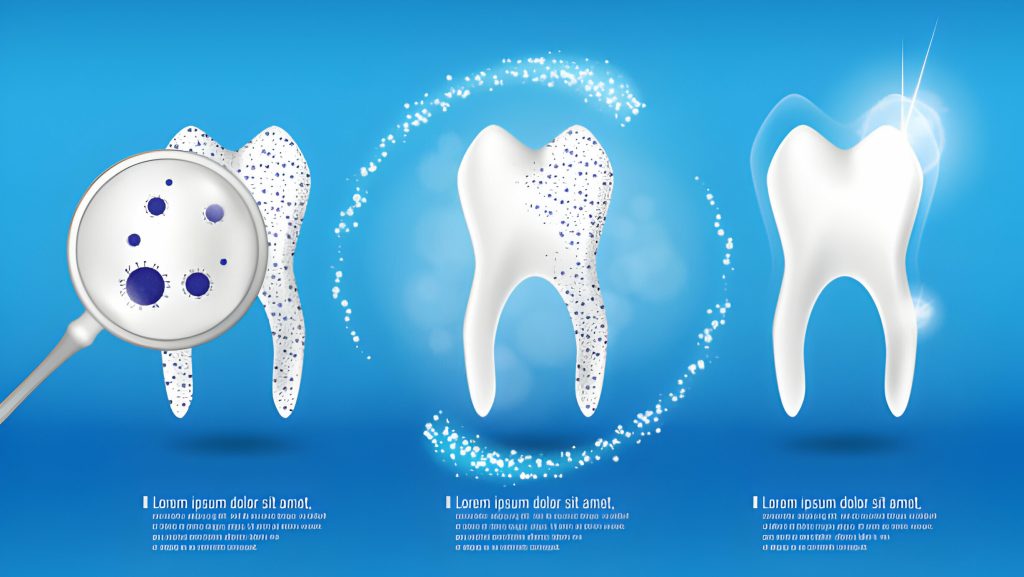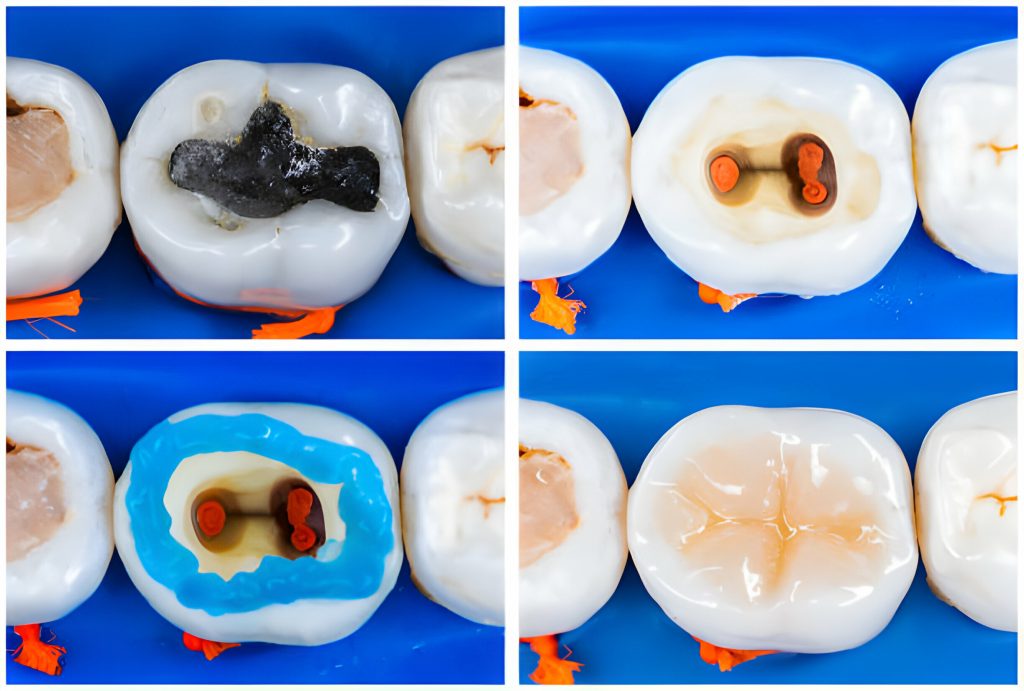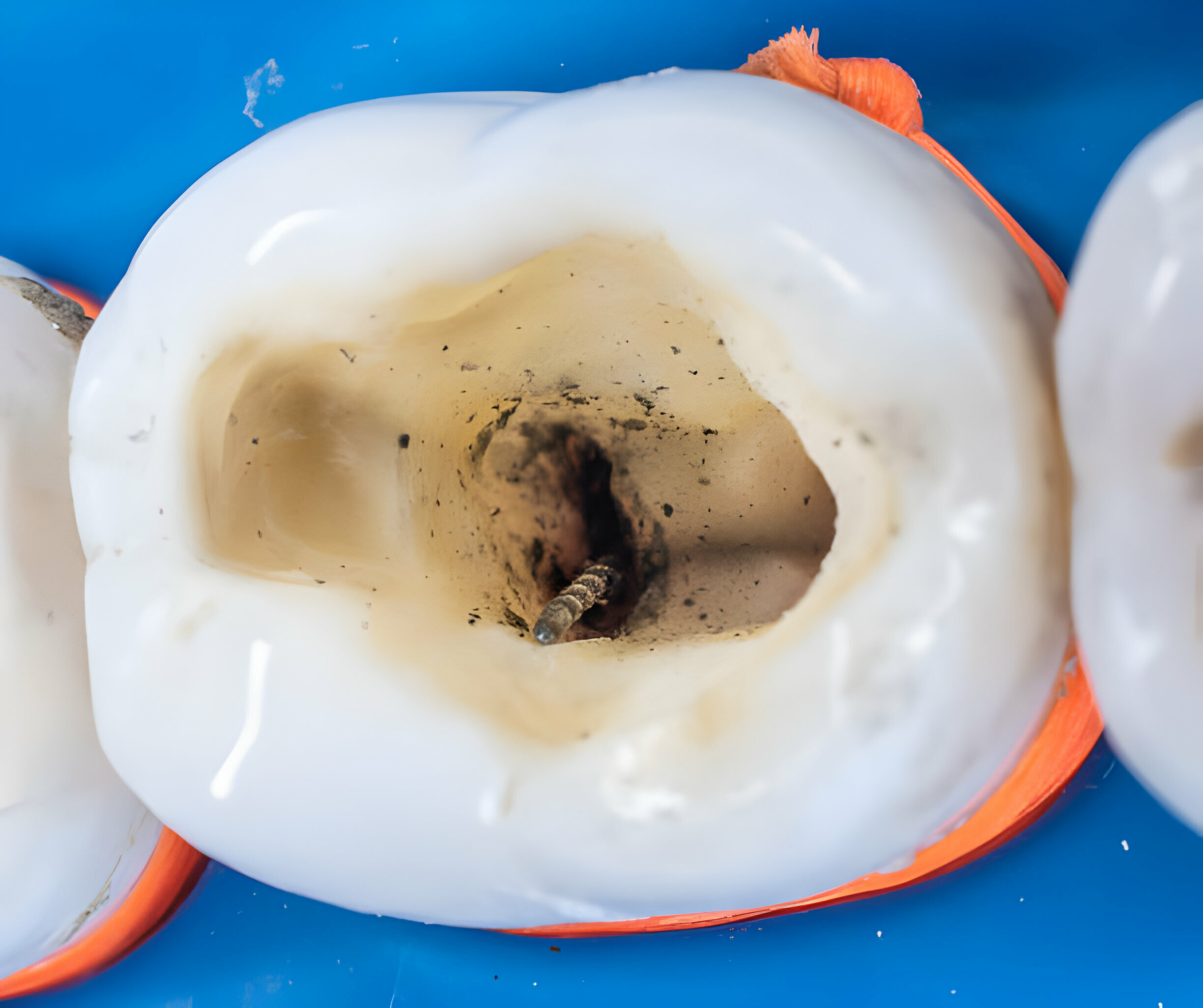Table of Contents
How To Get Food Out Of Wisdom Tooth Hole extraction involves meticulous care, especially when it comes to keeping the extraction site clean.
The intrusion of food particles into How To Get Food Out Of Wisdom Tooth Hole is a common issue that, if not addressed promptly and properly, can complicate the healing process. This guide delves into the safest and most effective methods for removing food from a wisdom tooth hole, highlighting the significance of gentle, attentive care to fend off infection and facilitate a swift recovery.
Signs of Food Lodged in how to get food out of wisdom tooth hole

Recognizing the early signs of food particles stuck in the How To Get Food Out Of Wisdom Tooth Hole extraction site is crucial for preventing further complications. Key indicators include:
- Pain or Discomfort: A noticeable increase in discomfort or pain around the extraction site often signals trapped food.
- Swelling: Uncommon swelling around the area can indicate irritation caused by food particles.
- Bad Taste or Smell: Experiencing an unpleasant taste or smell emanating from the extraction site suggests a decaying food presence.
- Sensitivity: Increased sensitivity to hot or cold temperatures can be a hallmark of food remnants in the wound. Get More Info Tooth Hole.
Dangers of Ignoring How To Get Food Out Of Wisdom Tooth Hole
Neglecting food particles in a wisdom tooth hole can precipitate several risks:
- Risk of Infection: Bacteria thrive on food particles, heightening the risk of infections at the extraction site.
- Delayed Healing Process: Food remnants can obstruct the site’s natural healing process, prolonging recovery.
- Dry Socket: This painful condition occurs when the protective blood clot at the extraction site is dislodged, exposing underlying nerves and bone.
Safe Methods to Remove a How To Get Food Out Of Wisdom Tooth Hole

Salt Water Rinse
- Preparation: Dissolve one teaspoon of salt in a glass of warm water.
- Method: Swish the solution gently around your mouth for about 30 seconds before spitting it out. Repeat this process several times daily, particularly after meals, to aid in dislodging and removing food particles.
Soft-bristled Toothbrush
- Selection: Opt for a toothbrush with soft bristles to minimize irritation to the area.
- Technique: Employ gentle brushing motions around the extraction site to loosen any trapped food particles, avoiding direct contact with the wound itself.
Oral Irrigator
- Usage: Utilize an oral irrigator filled with lukewarm water in a gentle setting to flush out food particles from the extraction site.
- Caution: Exercise care to avoid using a setting that’s too powerful, which could potentially dislodge the clot critical for healing.
Avoidance of:
- Sharp Objects: Steer clear of using toothpicks or similar sharp instruments, as they pose a risk of injury to the sensitive extraction site.
- Harsh Rinses: Alcohol-based mouthwashes and other strong rinses can aggravate the wound, impeding the healing process.
Ensuring Healing of the Wisdom Tooth Hole

- Post-Extraction Care: Diligently follow all care instructions provided by your dentist to support the healing process.
- Soft Foods: Embrace a diet consisting of soft foods that are less likely to become lodged in the extraction site.
- Oral Hygiene: Maintain a regime of gentle oral hygiene, carefully brushing and flossing while avoiding direct disturbance of the extraction site.
When to Seek Professional Help
Should you encounter persistent issues such as:
- Persistent Pain or Swelling: These symptoms can indicate infection or other complications warranting professional attention.
- Signs of Infection: Fever, severe pain, or discharge from the extraction site are clear signals to consult your dentist.
- Difficulty Maintaining Oral Hygiene: If cleaning the area effectively on your own proves challenging, seek dental advice. See More Info Nutrition.
Possible Complications
Ignoring proper aftercare can lead to undesirable outcomes, including:
- Dry Socket: Characterized by intense pain and delayed healing, this condition arises when the blood clot essential for healing is dislodged.
- Gum Infection: Bacterial infection of the gums around the extraction site can occur in the absence of adequate oral hygiene.
- Delayed Healing: Failing to properly care for the extraction site can extend recovery time and associated discomfort.
Final Thoughts
Regular dental check-ups and diligent oral health maintenance are vital for averting complications following wisdom tooth extraction. Adhering to the outlined safe food removal methods not only promotes healing but also helps prevent infection, ensuring a smoother and faster return to normal health. Embrace gentle care and hygiene as pivotal allies throughout your recovery journey.
FAQs:
What happens if food gets stuck in a wisdom tooth hole?
Food stuck in a wisdom tooth hole can irritate, increase the risk of infection, and delay the healing process. It’s important to gently remove any trapped food to avoid complications such as pain and swelling.
Will food stuck in teeth dissolve?
While saliva can break down some food particles, it’s not reliable for removing all food stuck in a wisdom tooth hole. Leftover food can harbor bacteria, leading to potential infections, so active removal is recommended.
How long does a wisdom tooth hole take to close?
The healing time for a wisdom tooth extraction site varies but generally, the gum tissue starts to close within a few weeks. Complete healing and closure of the hole can take up to several months, depending on individual health factors and adherence to post-care instructions.


